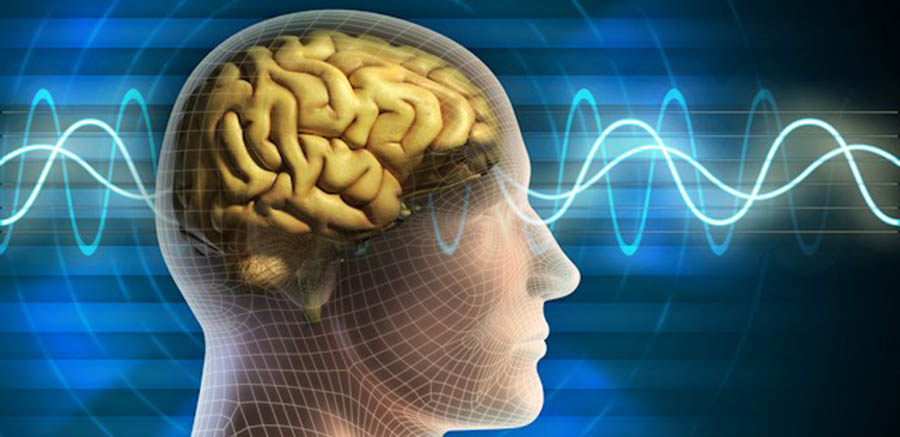The Neurobiology of Forgiveness
Forgiveness is a change in mental state in which a man chooses and prevails with regards to disposing of outrage toward someone else who has purposely accomplished something out of line or unsafe to them. Forgiveness implies that a man knew about bad form and needed to settle on a choice to discharge fault or outrage. For instance, one doesn't have to pardon an infant for crying or making a wreck, because the activity was unmistakably not unreasonable or purposely terrible.
The brain’s structural anatomy and forgiveness
A few examinations have surveyed forgiveness and whether there is a relationship to the brain's life systems. In one examination, volunteers rounded out surveys to rate their own propensity to pardon (TTF). It is important that self-evaluations can mirror the manner in which that individuals need to see themselves rather than how they really are.
Truth be told, this investigation was predictable with the consequences of a few other comparable examinations. Individuals who have a little-isolated cortex, which is additionally connected with the sentiment of appalling, have a tendency to be all the more sympathetic. This recommends individuals who view themselves as excusing are not as effortlessly insulted as individuals who don't see themselves as pardoning.
Brain activity
While the brain's structure in connection to forgiveness is fascinating, the brain's metabolic capacity in connection to forgiveness adds a radical new measurement to understanding forgiveness.
At the point when volunteer members in a single report were requested to envision situations and report their TFF, a low level of dorsomedial prefrontal cortex activity was related to bring down TFF scores.2 The dorsomedial prefrontal cortex is accepted to assume a job in the capacity to envision the sentiments of others. This low inventive capacity was associated with bring down forgiveness.
In another examination, with more handy ramifications for society, members were given criminal situations and asked to dole out discipline, as though they were on a jury.3 Participants indicated more metabolic activity in the precuneus, left temporoparietal intersection, and dorsomedial prefrontal cortex when given situations that inspired sensitivity than for no-sensitivity situations. Flag increment in these districts was additionally connected with the decrease of discipline. This recommends attendants, and even potentially experts could be affected by their own physiologic reactions with regards to giving out disciplines, instead of constructing choices in light of simply sane basic leadership.
The brain’s structural anatomy and forgiveness
A few examinations have surveyed forgiveness and whether there is a relationship to the brain's life systems. In one examination, volunteers rounded out surveys to rate their own propensity to pardon (TTF). It is important that self-evaluations can mirror the manner in which that individuals need to see themselves rather than how they really are.
Truth be told, this investigation was predictable with the consequences of a few other comparable examinations. Individuals who have a little-isolated cortex, which is additionally connected with the sentiment of appalling, have a tendency to be all the more sympathetic. This recommends individuals who view themselves as excusing are not as effortlessly insulted as individuals who don't see themselves as pardoning.
Brain activity
While the brain's structure in connection to forgiveness is fascinating, the brain's metabolic capacity in connection to forgiveness adds a radical new measurement to understanding forgiveness.
At the point when volunteer members in a single report were requested to envision situations and report their TFF, a low level of dorsomedial prefrontal cortex activity was related to bring down TFF scores.2 The dorsomedial prefrontal cortex is accepted to assume a job in the capacity to envision the sentiments of others. This low inventive capacity was associated with bring down forgiveness.
In another examination, with more handy ramifications for society, members were given criminal situations and asked to dole out discipline, as though they were on a jury.3 Participants indicated more metabolic activity in the precuneus, left temporoparietal intersection, and dorsomedial prefrontal cortex when given situations that inspired sensitivity than for no-sensitivity situations. Flag increment in these districts was additionally connected with the decrease of discipline. This recommends attendants, and even potentially experts could be affected by their own physiologic reactions with regards to giving out disciplines, instead of constructing choices in light of simply sane basic leadership.


Comments
Post a Comment